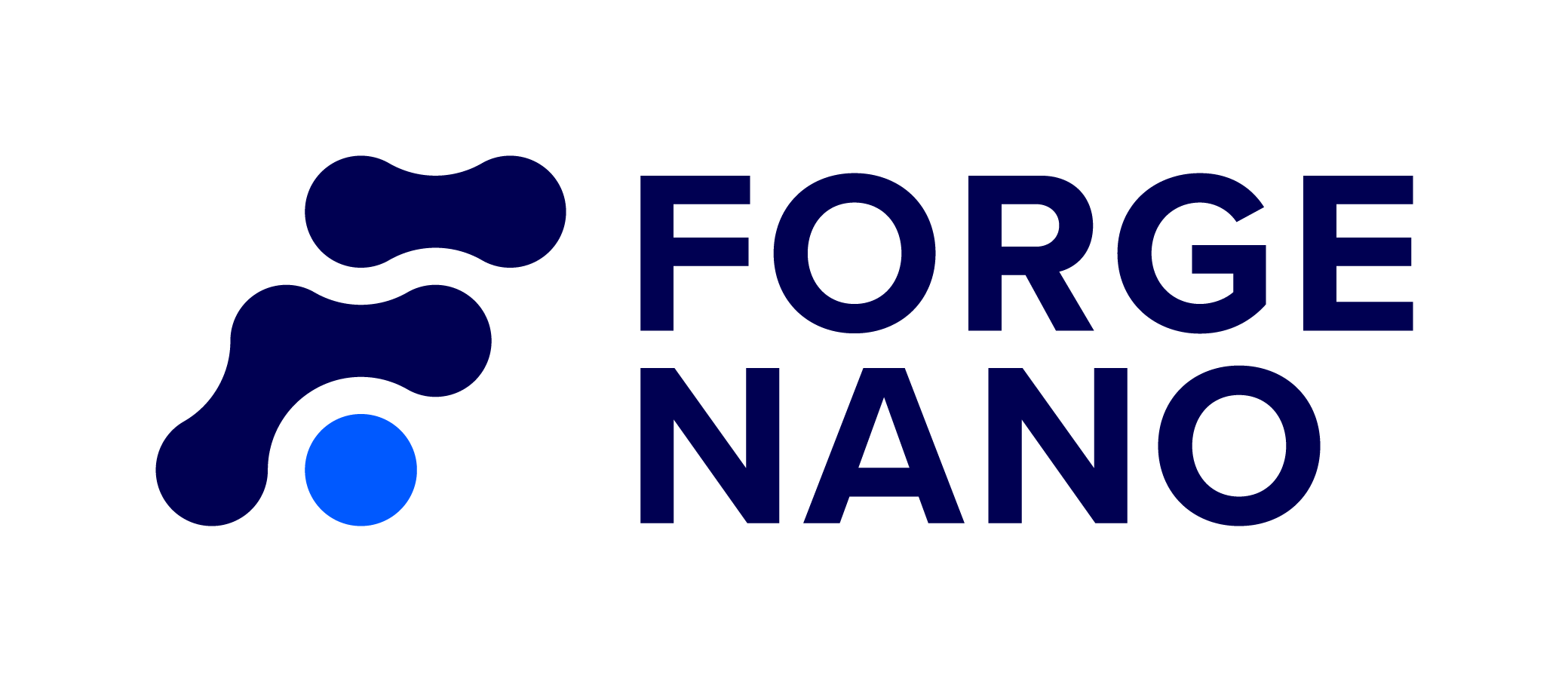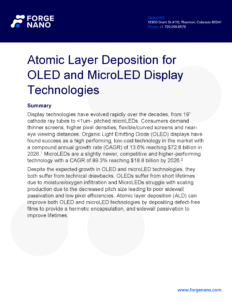MICRODISPLAYS

Atomic Layer Deposition for OLED and MicroLED Display Technologies
Display technologies have evolved rapidly over the decades, from 19” cathode ray tubes to <1um- pitched microLEDs. Consumers demand thinner screens, higher pixel densities, flexible/curved screens and near-eye viewing distances. Organic Light Emitting Diode (OLED) displays have found success as a high performing, low-cost technology in the market with a compound annual growth rate (CAGR) of 13.6% reaching $72.8 billion in 2026.1 MicroLEDs are a slightly newer, competitive and higher-performing technology with a CAGR of 89.3% reaching $18.8 billion by 2026.2
Despite the expected growth in OLED and microLED technologies, they both suffer from technical drawbacks. OLEDs suffer from short lifetimes due to moisture/oxygen infiltration and MicroLEDs struggle with scaling production due to the decreased pitch size leading to poor sidewall passivation and low pixel efficiencies. Atomic layer deposition (ALD) can improve both OLED and microLED technologies by depositing defect-free films to provide a hermetic encapsulation, and sidewall passivation to improve lifetimes.
ALD Improves Display Performance and Lifetimes
The benefits of ALD layers:
- Pristine conformality in high-aspect ratio structures
- Hermetic sealing encapsulation layers with minimal thickness
- Ultra-low particle generation
- Low stress films
- Improved lifetime of OLEDs
- Increased quantum efficiencies for microLEDs
ALD for OLED Technology
OLEDs exhibit an attractive price-to-performance ratio but are susceptible to moisture and oxygen ingress through the organic layers within the pixel. Due to this sensitivity, OLEDs have the most stringent water vapor and oxygen transmission rate requirements of all optoelectronics technologies at 10-6 g/m2/day and 10-3 cm3/m2/day, respectively.3 Once moisture has penetrated the encapsulation surface, dark spots or “dead pixels” will appear due to the hydrolyzation of electrodes or electron injection layers.4
To protect OLED active components, encapsulation processes have been developed that reduce water and oxygen exposure. The most common encapsulation process uses a series of alternating layers consisting of organic epoxy resins and deposited inorganic films. Organic films have good step coverage but poor protection against humidity, where inorganic films deposited via CVD have poor step coverage but good barrier protection against humidity.5 Though these films work together to improve humidity protection, several layers up to 25um thick must be deposited due to the pinhole-prone nature of the deposited inorganic film. This is called the “Labyrinth effect” as humidity must travel through several imperfect layers to reach the thin film transistor (TFT) substrate. This is particularly inefficient in monolithic OLED devices built on wafers which do not require flexible films for optimal encapsulation.
Alternatively, ALD maintains both excellent step coverage and barrier protection against humidity eliminating the need for the organic film layer.6 Previous research using calcium corrosion tests have shown ALD alumina films have an effective water vapor transmission rate (WVTR) on the order 10-6 g/m2/day at room temperature which is sufficient for demanding applications such as OLEDs.7 While these ALD films have been deposited with thicknesses up to 50 nm, the critical thickness has been shown to be down to 5 nm.8,9 In a recent study, Riedl et al. demonstrated an ALD Al2O3/ZrO2 nanolaminate barrier structure on OLEDs where a lifetime in excess of 20,000 hours was achieved.10
In contrast to the conventional encapsulation process, ALD nanolaminates do not require multiple processing steps to deposit the individual encapsulation layers. Encapsulation films can be deposited sequentially without the need for the substrate to leave the deposition tool which dramatically decreases processing time. ALD-Cap, a Forge Nano ALD nanolaminate encapsulation technology, has been shown to outperform other encapsulation materials while depositing a defect-free 50nm film in 4 minutes.11 Measurement | ALD-Cap® | Urethane | Parylene C |
Hardness (GPa) | 8-10 | <<0.13 | 0.13 |
Young’s Modulus (GPa) | 130-180 | 1.5 | 2.8-3.2 |
Elongation to Failure (%) | 100-300 | 250 | 200 |
Density (g/cm3) | 3-5 | 0.9-1.2 | 1.29 |
Dielectric Constant | 6-9 | 3.5 | 3.15 |
Dielectric strength (MV/cm) | >8 | 1.4 | 2.2-2.8 |
Oxygen Permeability, atm (cm3/m2/day) | <1×10-7 | 80 | 2.83 |
Water Vapor Permeability, 38oC (g/m2/day) | <4×10-10 | 0.7 | 0.083 |
Maximum Temperature (oC) | >1500 | 130 | 290 |
Linear Coefficient of Expansion (10-6/oC) | 6 | 100-200 | 35 |
Heat Dissipation (W/cm2 C, at 0.2 um) | 2550 | <0.16 | 0.33 |
Typical Thickness (um) | 0.05-0.2 | 25-75 | 25 |
Figure 1: FIB-cut SEM image showing SiO2/TiO2 ALD laminated layers on a circuit card assembly with a 250 nm thickness.11
About Forge Nano
Forge Nano is a leading materials science company harnessing the power of Atomic Armor, the company’s proprietary ALD nanocoating technology, to accelerate manufacturing innovation, transform product performance and achieve a more sustainable future for a range of industries around the world. Atomic Armor produces superior coatings that can unlock a material’s performance at the atomic level and deliver custom solutions from small-scale R&D and laboratory work to large-scale, high-volume production lines. A range of materials can be enhanced through Atomic Armor, including batteries, medical devices, catalysts, propellants and 3D additives. Forge Nano has received major support and signed meaningful partnerships with Volkswagen, LG Technology Ventures, Mitsui Kinzoku, Air Liquide and Sumitomo Corporation of Americas, largely as a result of the company’s innovation in the Lithium-ion battery industry and successful track record of improving product performance and safety while reducing cost.
Forge Nano’s Capabilities
- >20 in-house ALD systems for coating of wafers, powders and objects
- Including research, pilot and commercial scale systems capable of processing anywhere from 1.0 g to 30,000 kg powder or extrudates per day
- Fast deposition times up to 30nm per minute for rapid Al2O3 ALD coating solutions
- The world’s most knowledgeable and experienced team for ALD onto a range of materials
- PhD scientists, certified Professional Engineers, career scientists
- 20+ years’ experience designing and building powder ALD systems
Working with Forge Nano
Forge Nano assists customers daily with both R&D and commercialization of ALD-enabled materials. For R&D, we offer research services for proofs of concept and also sell our R&D equipment globally. For commercialization, we offer joint development of products, production equipment and IP licensing.
References
1. “Power Electronics Market Size, Latest Trend & Competitive Statistics 2027.” Allied Market Research, June 2020, www.alliedmarketresearch.com/power-electronics-market.
2. “Section 16.3.” III-V Integrated Circuit Fabrication Technology, by Shiban Kishan Tiku and Dhrubes Biswas, Pan Stanford Publishing, 2016.
3. A. Leuther, M. Ohlrogge, L. Czornomaz, T. Merkle, F. Bernhardt and A. Tessmann, “A 250 GHz millimeter wave amplifier MMIC based on 30 nm metamorphic InGaAs MOSFET technology,” 2017 12th European Microwave Integrated Circuits Conference (EuMIC), Nuremberg, 2017, pp. 130-133, doi: 10.23919/EuMIC.2017.8230677.
4. Ferdinandus J.H. van Assche, Sandeep Unnikrishnan, Jasper J. Michels, Antonius M.B. van Mol, Peter van de Weijer, Mauritius C.M. van de Sanden, Mariadriana Creatore, On the intrinsic moisture permeation rate of remote microwave plasma-deposited silicon nitride layers, Thin Solid Films, Volume 558, 2014, Pages 54-61, ISSN 0040-6090
5. A. Persano, F. Quaranta, A. Taurino, P. A. Siciliano, and J. Iannacci, “Thin Film Encapsulation for RF MEMS in 5G and Modern Telecommunication Systems,” Sensors (Basel, Switzerland), vol. 20, no. 7, p. , Apr. 2020.
6. C. Headley et al., “Improved Performance of GaAs-Based Terahertz Emitters via Surface Passivation and Silicon Nitride Encapsulation,” in IEEE Journal of Selected Topics in Quantum Electronics, vol. 17, no. 1, pp. 17-21, Jan.-Feb. 2011, doi: 10.1109/JSTQE.2010.2047006.
7. Kääriäinen Tommi, et al. Atomic Layer Deposition: Principles, Characteristics, and Nanotechnology Applications. Wiley-Scrivener, 2013.
8. “Atomic Layer Deposition (ALD) Environmental Coatings for GaAs MMICs.” Sundewtech.com, Raytheon / Sundew Tech, 2013, sundewtech.com/wp-content/uploads/2020/10/CS-Mantech_2013_02R-Environmental-Protection-through-ALD.pdf.
9. Yota, Jiro, et al. “Characterization of Atomic Layer Deposition HfO2, Al2O3, and Plasma-Enhanced Chemical Vapor Deposition Si3N4 as Metal–Insulator–Metal Capacitor Dielectric for GaAs HBT Technology.” AVS, American Vacuum SocietyAVS, 1 Nov. 2012, avs.scitation.org/doi/abs/10.1116/1.4769207.
10. “PEM-INST-001: Instructions for Plastic Encapsulated Microcircuit (PEM) Selection, Screening, and Qualification.” NASA Technical Reports Server (NTRS), NASA, 2003, ntrs.nasa.gov/citations/20040082092.
11. “MMIC Coatings and Encapsulation for Non-Hermetic, Low Cost, Transmit/Receive Modules with the Reliability of Hermetic Packaging.” MMIC Coatings and Encapsulation for Non-Hermetic, Low Cost, Transmit/Receive Modules with the Reliability of Hermetic Packaging | SBIR.gov, www.sbir.gov/sbirsearch/detail/319997.
12. Jeong, Joonsoo, et al. “Conformal Hermetic Sealing of Wireless Microelectronic Implantable Chiplets by Multilayered Atomic Layer Deposition (ALD).” Advanced Functional Materials, 2018, p. 1806440., doi:10.1002/adfm.201806440.
13. E. Chason, N. Jadhav, et al. “Atomic Layer Deposition (ALD) to Mitigate Tin Whisker Growth and Corrosion Issues on Printed Circuit Board Assemblies.” Journal of Electronic Materials, Springer US, 1 Jan. 1970, link.springer.com/article/10.1007/s11664 -019-07534-7.
14. “Sundew Technologies – ALD Cap Exceptional Barrier Performance.” Sundew Technologies, sundewtech.com/wp- content/uploads/2020/09/ALD-CAP.pdf.

